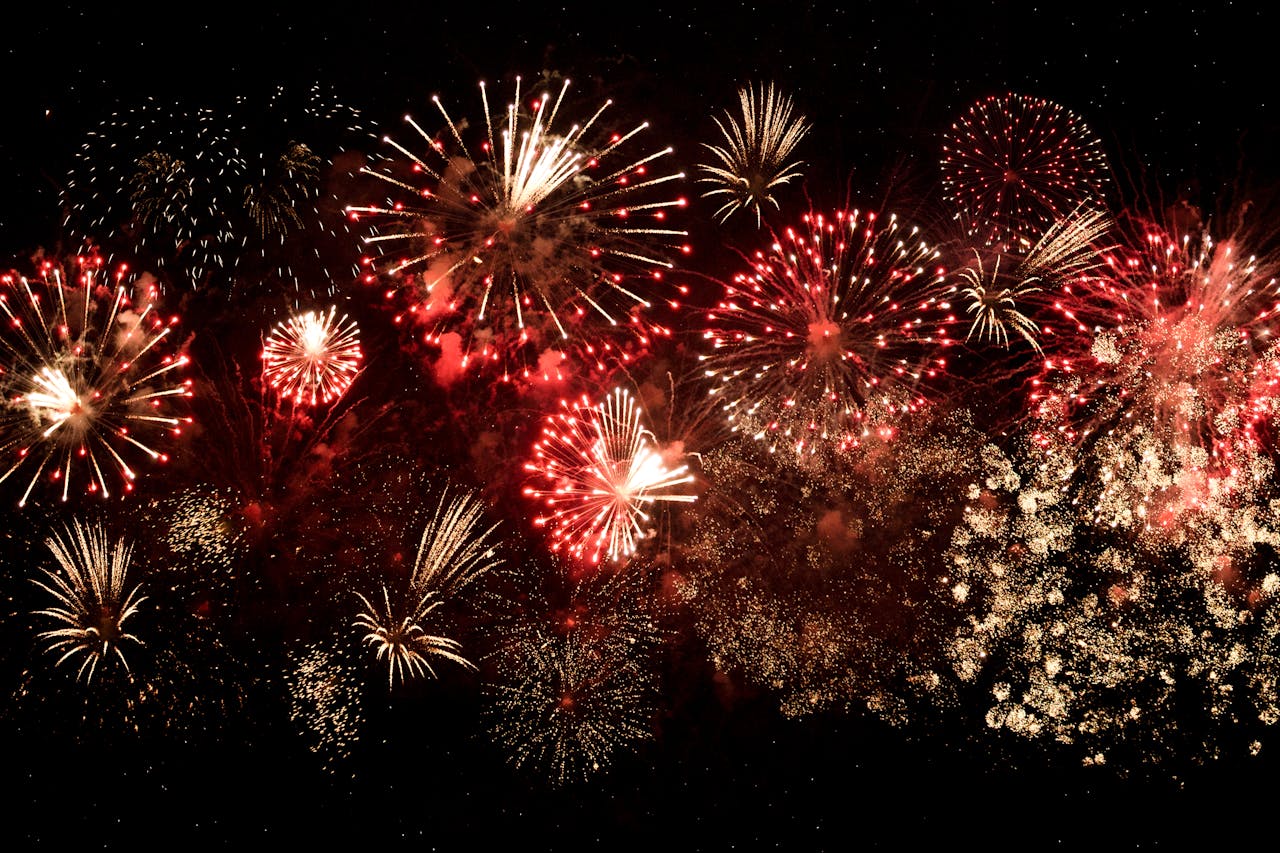“Two things only the people anxiously desire — bread and circuses.”
Juvenal, Roman poet. c. 55 – 127 AD
Derived from Juvenal’s observation, the contemporary phrase “bread and circuses” means to gain public approval, not by excellence in public service or public policy, but by providing diversions (entertainment) and gratifying immediate needs (food).
The pros and cons of fireworks shows are being debated, locally, nationally, and globally. At the epicenter is a history of providing public spectacle for the masses as a distraction from social ills and institutional shortcomings that is conjoined with the abuse of fellow humans and animals as well.
Given the tradition and presumed benefits of gathering to witness explosions of light and sound, those who raise legitimate public health and safety concerns are likely to be met with disapproval and outright denial. Scientific evidence demonstrates that fireworks are composed of and release extremely toxic chemicals and further proves that fireworks explosions result in suffering, panic, and untimely deaths across multiple species. Regardless, promoters of fireworks shows can still count on the general public to be disappointed or even outraged when regulatory action becomes an impediment to their collective pleasure.
Is it possible for us, as a community, to acknowledge loss while embracing change? Thousands of Romans thoroughly enjoyed elaborately staged performances in public amphitheaters (circuses) where animals and men slaughtered each other as well as prisoners of war, presumed enemies of the state, and Christian martyrs. They were likely disappointed when the Empire could no longer provide such entertainment. For centuries, public executions attracted thousands of celebrants and generated income for vendors of memorabilia and other merchandise. Dating from the Middle Ages in Europe, this entertainment included executions by guillotine during the French Revolution and legal and illegal public hangings in the U.S. from the Republic’s inception into the 20th century. Presumably some argued that the show must go on. Today, we can acknowledge that the cumulative harm of these public displays far outweighed their entertainment value.
As for the “bread” part of the equation, whether for charity, for profit, or for patriotism, spectacle is not a legitimate substitute for institutional practices and policies foundational to an equitable and sustainable society. Rather than categorizing our youth as charity cases and uplifting a donor class, we must take responsibility for dismantling the systemic inequities that result in child poverty. If we truly care for boys and girls, we will not use them as an excuse to harm the water they swim in, the air they breathe, and the planet they have inherited.
Finally, for those who are not confused by science:
“Fireworks create a toxic fog of fine particles, poisonous aerosols and heavy metals. Pollutants are highly concentrated and the particles are small enough to be easily inhaled. These toxic gasses and pollutants poison the air, water and soil, making them toxic to birds, wildlife, pets, livestock – and people. Some of the most hazardous chemicals released by fireworks are heavy metals including barium, copper, lead, chromium, silver and antimony. These toxic metals accumulate in the environment. In addition, perchlorate compounds, such as Ammonium Perchlorate and Potassium Perchlorate, are often used as oxidizers to aid in the combustion reaction. High levels of perchlorates are found in water after fireworks displays and can persist for months, contaminating ground and surface water. Perchlorates are potent thyroid disruptors, with far reaching ecological impacts.
The colors given off by fireworks are due to chemical explosions of metal salts. The explosions themselves release smoke and gasses such as carbon dioxide, carbon monoxide, sulfur dioxide and nitrogen oxide (NOx) and these are some of the primary greenhouse gasses responsible for climate change. Fireworks create large amounts of particulate matter (PM2.5 and PM10, with aerodynamic diameters of less than or equal to 2.5µm and 10µm, respectively). Metal atoms end up in aerosols that poison the air, the water and the soil. When inhaled or ingested, these metals can cause a huge variety of short- and long-term reactions, ranging from vomiting, diarrhea or asthma attacks, to kidney disease, cardiotoxic effects and a variety of cancers. The air quality in the vicinity of fireworks often reaches the Hazardous level on the Air Quality Index (everyone should avoid all physical activities outdoors).
Sudden loud noises created by fireworks can damage hearing, trigger mental health episodes in those who suffer from PTSD and can lead to life-threatening injuries to pets, livestock and wildlife” – Dr. Ron Askeland (PhD Analytical Chemistry)
Sierra Club’s Los Cerritos Wetlands Task Force seeks to protect our coastal community and to preserve coastal wetlands, waters, wildlife, and tribal sacred sites. Although protected by the Migratory Bird Act, the Clean Water Act, the Coastal Act and multiple laws prohibiting animal cruelty, the rookeries of Alamitos and Queensway Bays remain under threat from fireworks shows and other activities permitted by public agencies.
Anna Christensen is the Co-Chair of the Sierra Club Los Cerritos Wetlands Task Force. Dr. Ron Askeland is a member of the Sierra Club San Diego Chapter.

